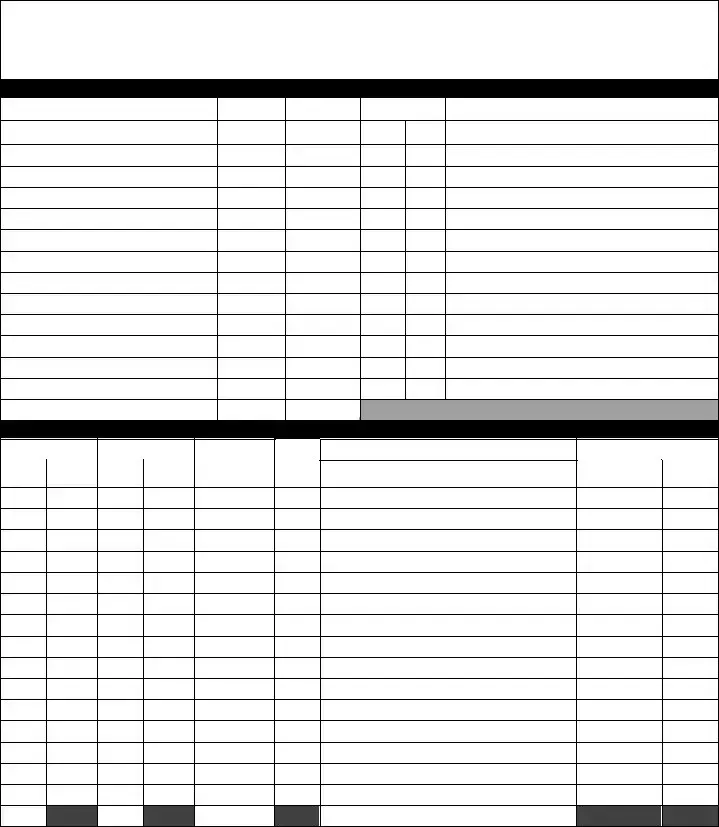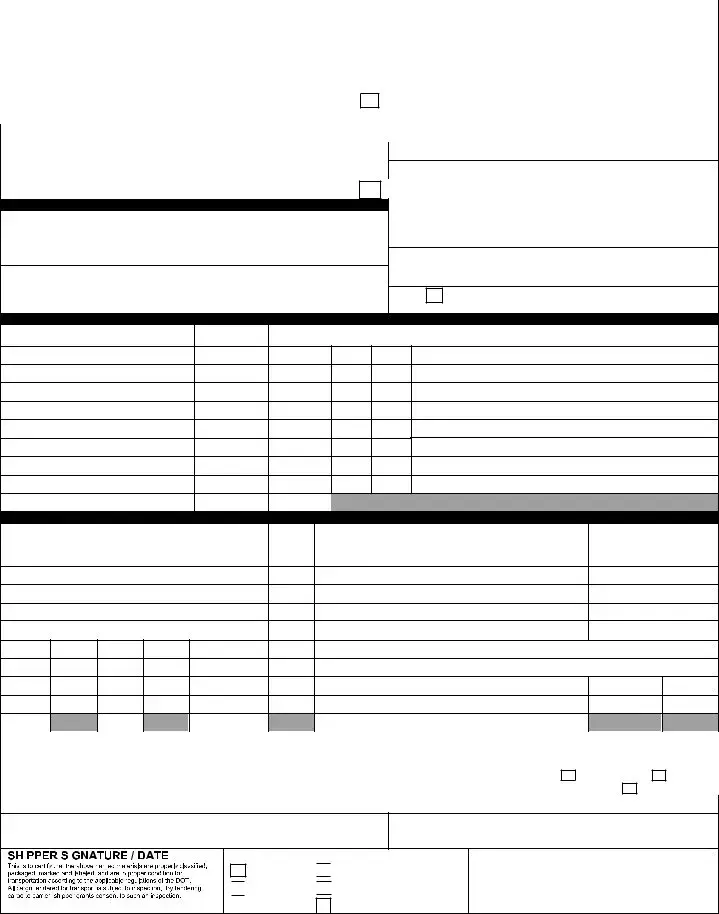The Bill of Lading (BOL) serves as a crucial document in the shipping industry, but it shares similarities with several other important documents. One such document is the Air Waybill (AWB). Like the BOL, the AWB acts as a contract between the shipper and the carrier, detailing the terms of transport. Both documents outline the responsibilities of each party, including the shipment's destination and handling instructions. However, the AWB is specifically used for air transport, while the BOL is typically associated with sea or land transportation. This distinction is important for ensuring compliance with various transportation regulations.
Another document that resembles the Bill of Lading is the Freight Bill. The Freight Bill provides a detailed account of the shipping charges and services rendered. While the BOL serves as proof of receipt of goods, the Freight Bill focuses on the financial aspect of the shipping process. Both documents are essential for record-keeping and can be used in disputes regarding payment or delivery. Understanding the relationship between these two documents can help shippers and carriers maintain clear communication and avoid misunderstandings.
The Commercial Invoice is also similar to the Bill of Lading in that it provides essential information about the goods being shipped. This document outlines the transaction details, including the buyer, seller, and product descriptions. While the BOL confirms the shipment's details and acts as a receipt, the Commercial Invoice is primarily used for customs clearance and financial transactions. Both documents are vital for international shipping, as they provide the necessary information to facilitate the movement of goods across borders.
In order to successfully establish a corporation in California, it is essential to complete the necessary documentation, including the Articles of Incorporation, which serves as the foundation for the legal entity. Central to this process is the Corporate Charter, which outlines the corporation's name, purpose, and share details, ensuring all critical information is formally recorded and submitted.
Lastly, the Packing List bears resemblance to the Bill of Lading in terms of detailing the contents of a shipment. The Packing List provides a comprehensive breakdown of the items included in a shipment, such as quantities, descriptions, and packaging types. While the BOL serves as a contract and receipt for the shipment, the Packing List is more focused on inventory management and logistics. Both documents work together to ensure that all parties involved have a clear understanding of what is being shipped and can verify the contents upon arrival.


 to certify that the above named materials are properly classified, packaged, marked and labeled, and are in
to certify that the above named materials are properly classified, packaged, marked and labeled, and are in proper condition for transportation according to the applicable regulations of the DOT.
proper condition for transportation according to the applicable regulations of the DOT.
 By Shipper
By Shipper
 By Driver
By Driver 
 By Driver/pallets said to contain
By Driver/pallets said to contain